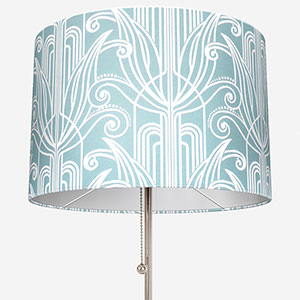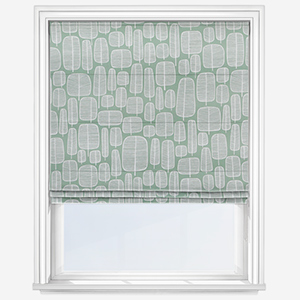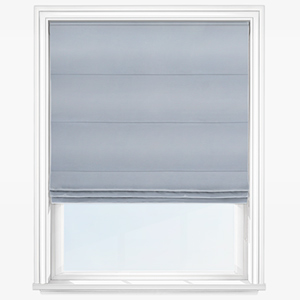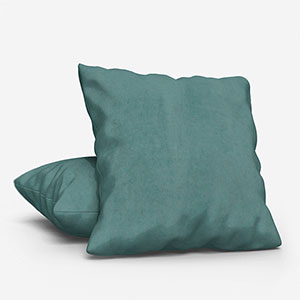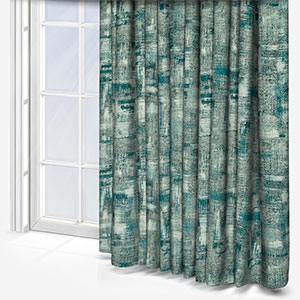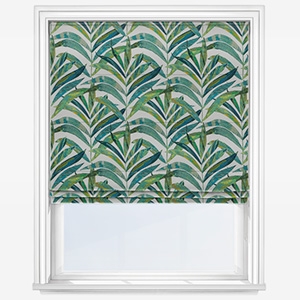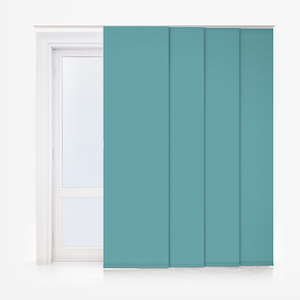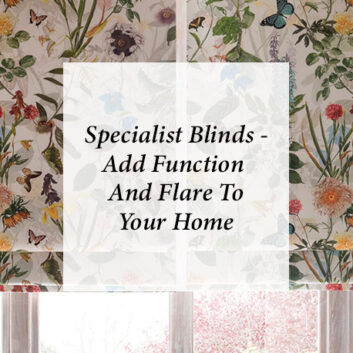
Interior Design, Wellbeing and Mental Health Week
May 10-16, 2021 marks the UK’s mental health week, a time in which we are encouraged to focus on our mental health and raise awareness of the issues it can cause in our lives. It is well established that mental health complications can arise from a plethora of issues and at the same time, the steps we can take to improve it are far-reaching and myriad. Today, we’ll be looking at how your home can improve your mental wellbeing and the easy steps you can make to bring calm into your lives.
What is mental health week?
This year marks the 21st anniversary of the Mental Health Foundation’s mental health week. During the seven days, the foundation and millions around the country work together to host events and reach out to others. As a result of all this hard work, Mental Health Week has become one of the most successful awareness weeks around the globe. For more information, visit www.mentalhealth.org.uk.

Use nature to support mental wellbeing
A key theme of Mental Health Week 2021 is acknowledging the importance of nature and its role in our mental health.
The foundation said:
“This year we want people to notice nature and try to make a habit of connecting to the nature every day. Stop to listen to the birdsong, smell the freshly cut grass, take care of a house plant, notice any trees, flowers or animals nearby. Take a moment to appreciate these connections.”
We’ve said it for years that nature and celebrating our role within it can make us happier and feel a wider connection to the world. Potted plants, natural woods for furniture or window blinds, and energising floral (and vegetable) prints can all root us better in our societies, local environments and the wider world.
This May, why not invest in some beautiful flowers to enjoy throughout the summer, put nuts out for local feathered and furry friends, and create a buzz in your garden with some bee friendly plants and mini shelters? By doing so you’ll be enriching your local eco-system while improving your mental health – it’s the definition of a win/win!
Use colour for mental health
For millennia, societies have understood the important relationship between colour and emotion. Colour therapy – sometimes called chromotherapy – is an alternative remedy that seeks to use colour and light to treat mental and physical health.
Whether you believe in chakras or not, it is well known that colour can impact our moods. There is even evidence to suggest colour has an effect on us physically with reds raising the heart rate and blue reducing it.
Natural light is also important to our mental health and something about fluorescent tubes just doesn’t cut the mustard. When it comes to light management, consider the purpose of the space and work from there. If you’re looking at a living room that’s purely for relaxation, then an “open or shut” option like a roller blind may help. If the space is more multi-functional with different levels of light required at different times, look to a wooden, panel or illusion blind which will give you greater control over the levels of light that enter your home.
We recently explored the power of colour in our Psychology of Colour: Positive Colours blog which investigates how different tones can help improve your positivity.
Additionally, it’s important to remember that colour for mental health is very personal so if a tone makes you happy, but friends think it’s a little odd, don’t worry about it. Feeling unable to express yourself is a major factor in mental health so if you want a pink roman blind in a lime green room – go for it!
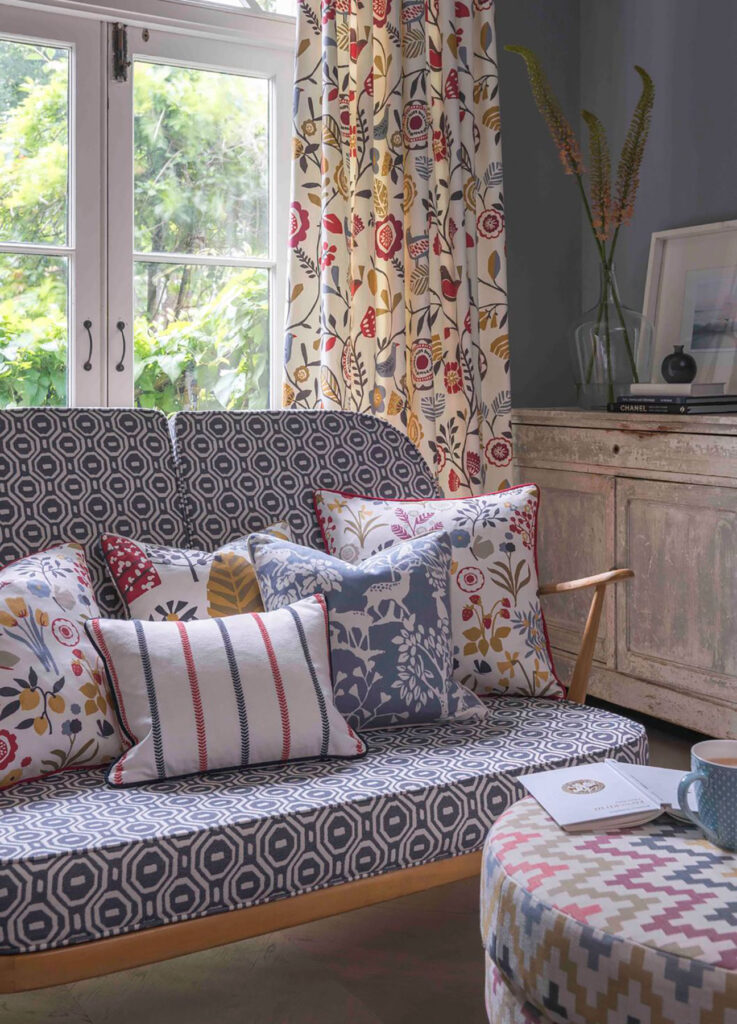
Better sleep, happier mind
Sleep and mental health go hand-in-hand. If one suffers from mental health issues, their sleep can be negatively impacted. Likewise if someone struggles to get a good night’s sleep, their mental health can suffer. Therefore, it’s in everyone’s interest to get a good night’s sleep as regularly as possible.
Recently, we compiled a study that investigated the external factors that can negatively affect our sleep. The Wake up Well campaign identified light, noise and temperature as leading factors to poor sleep which in turn can harm our mental health.
1. Define your sleep schedule and stick to it
2. Use a blackout blind or curtain to make your room as dark as possible
3. Pre-empt changes to your sleep cycle if you’re transitioning back to office work
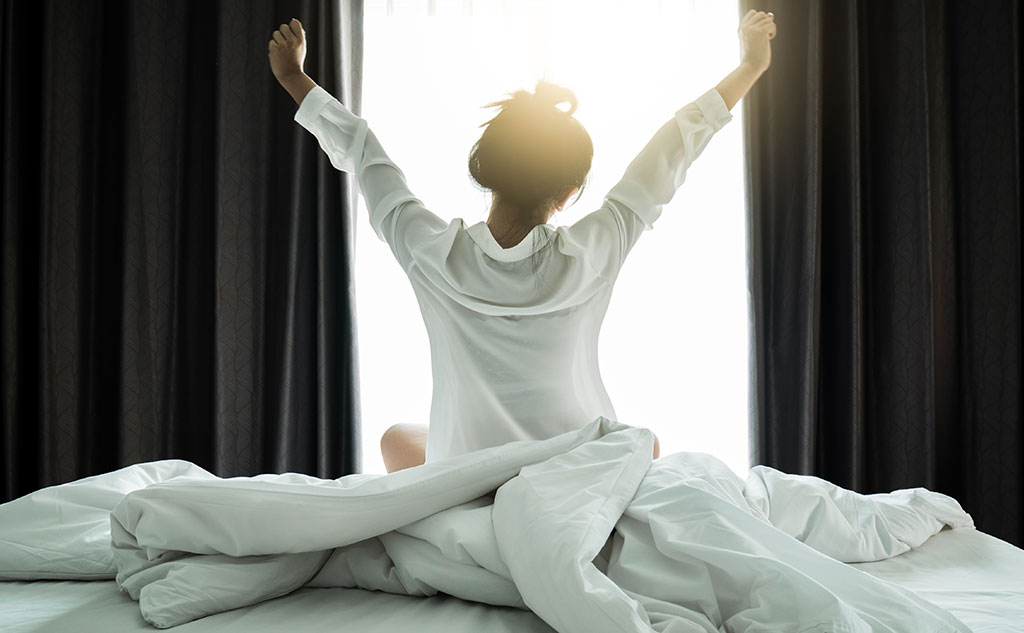
We sincerely hope our mental health awareness week blog has given you some inspiration for using your home as a vehicle to improve your mental health. Homes should make us happy and comfortable so if you take only one thing away from the blog, let it be to have the confidence to truly make your home your own.
Shop our calming colours:
